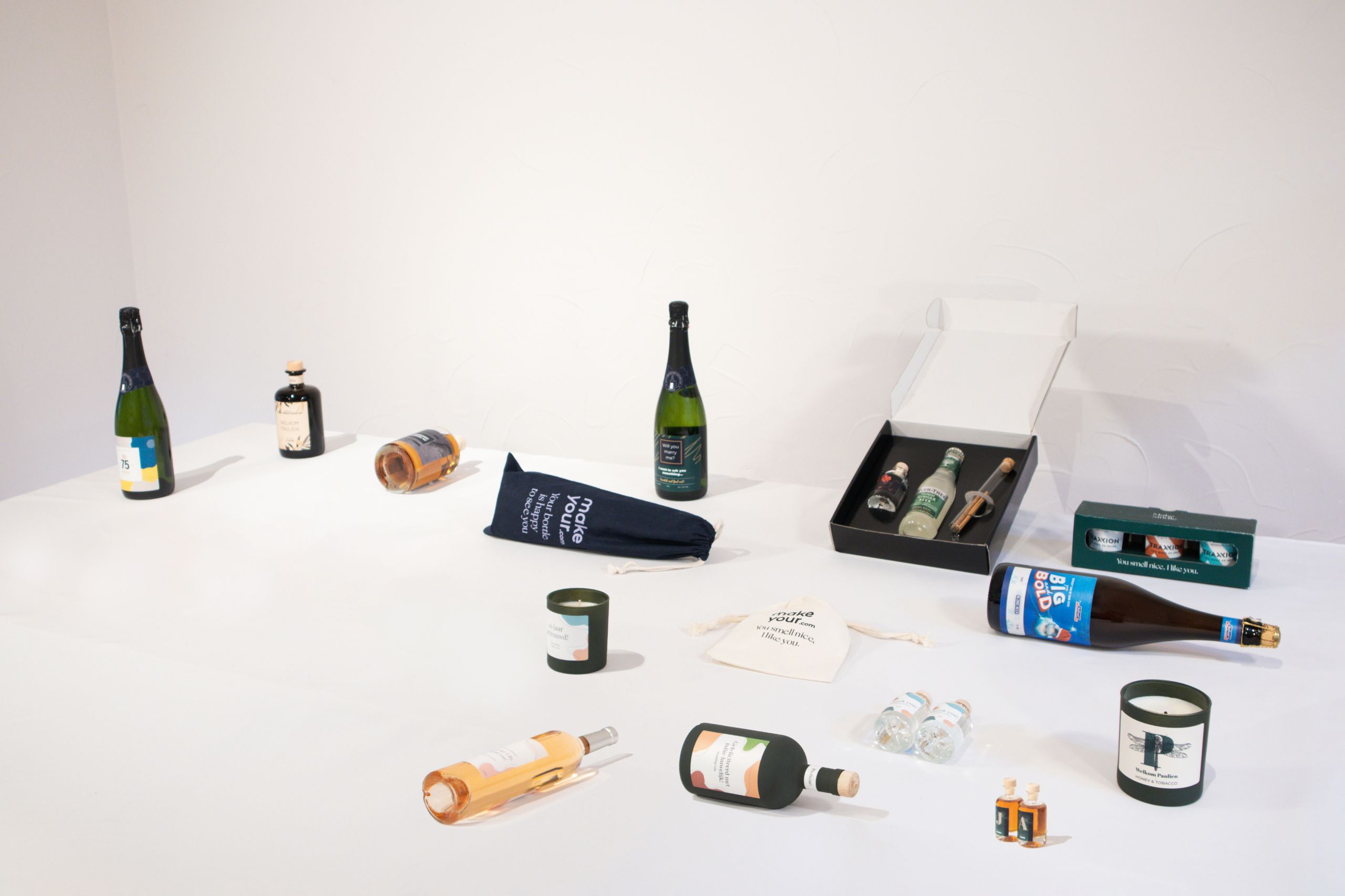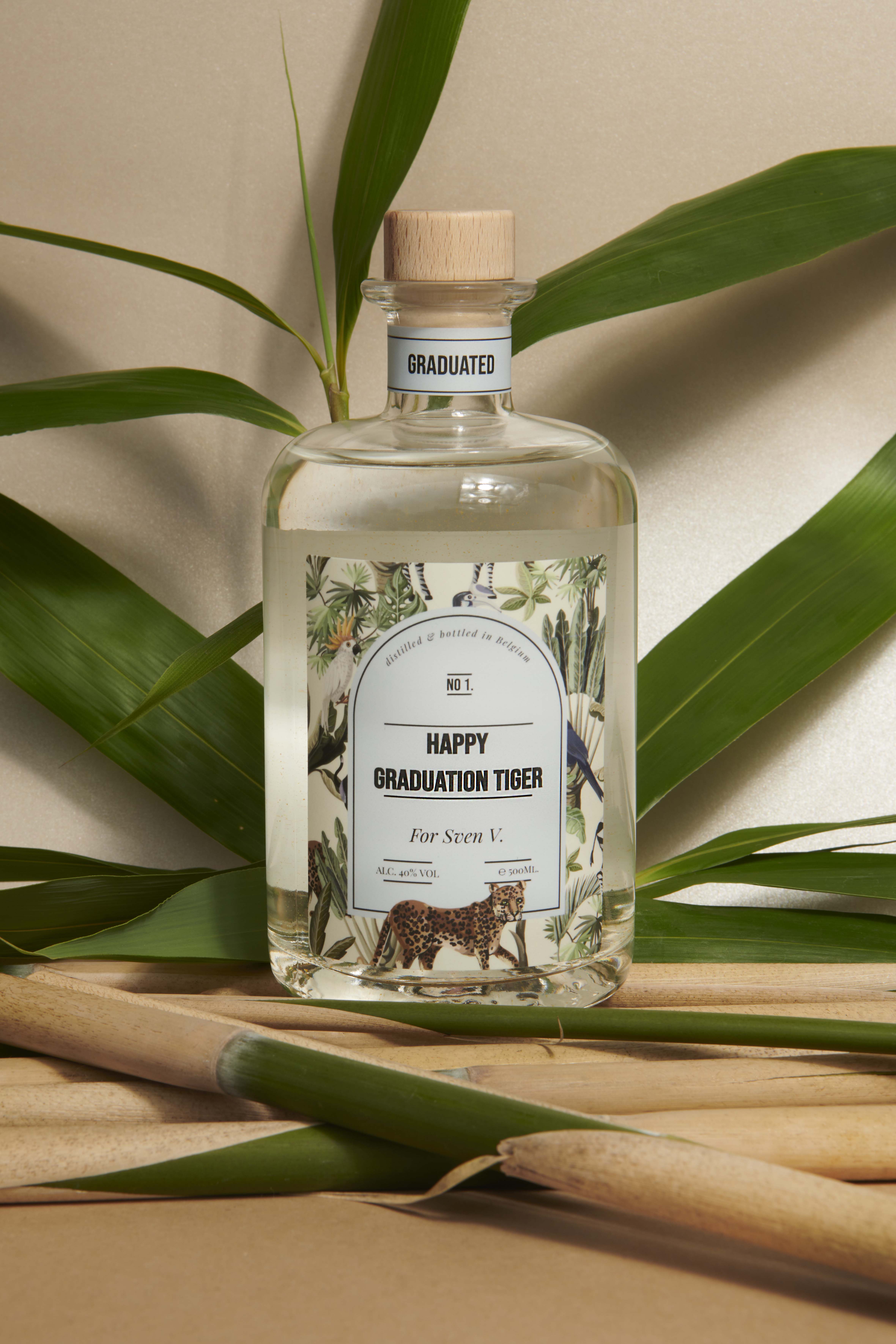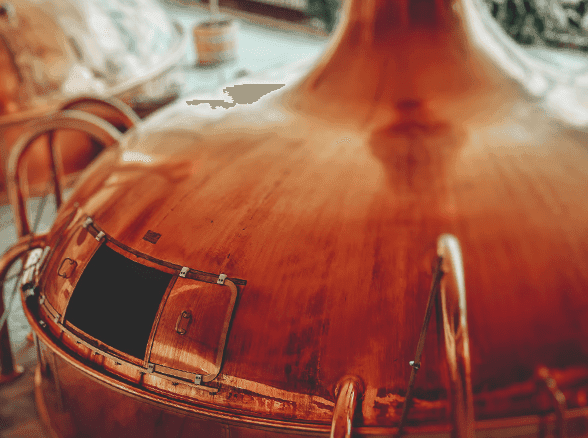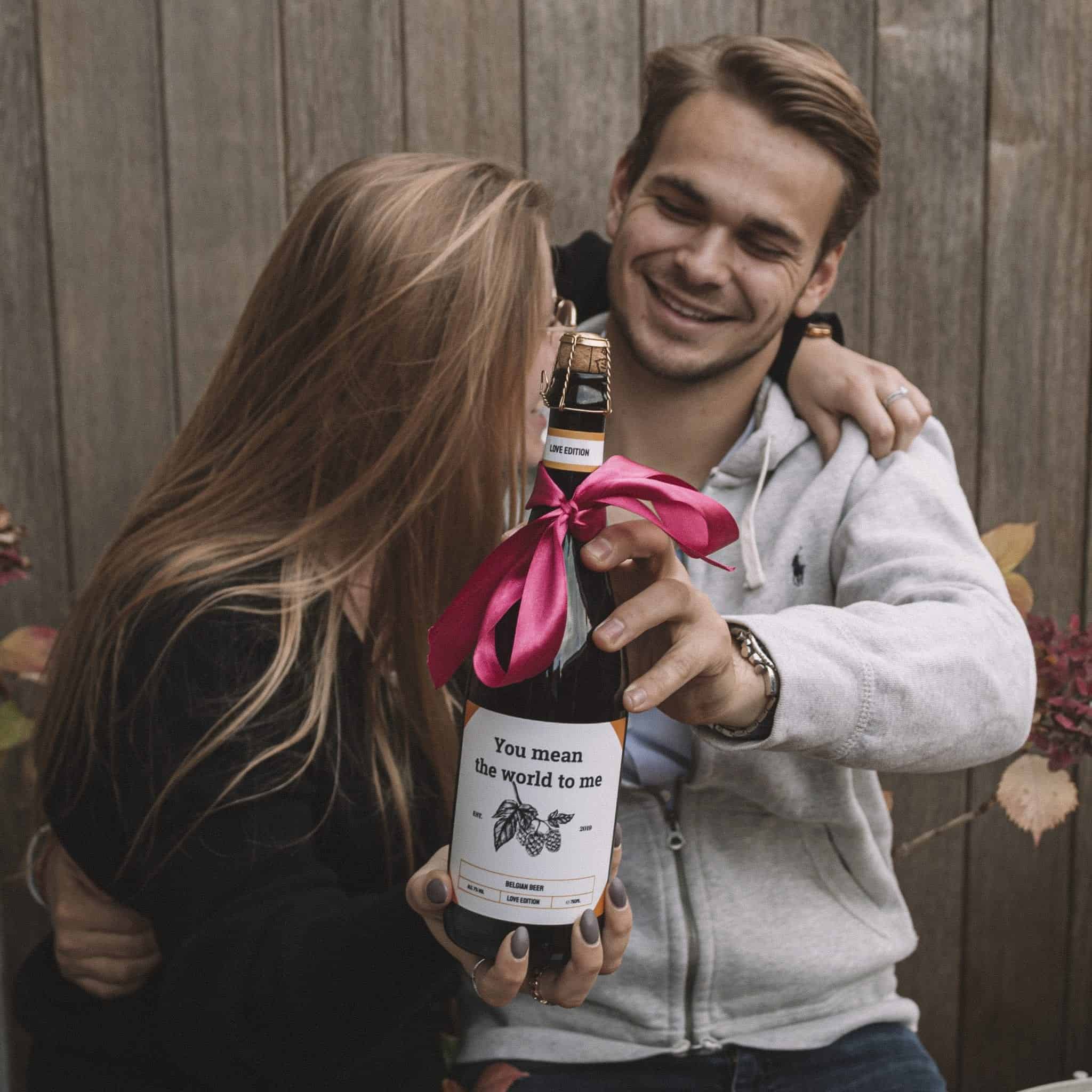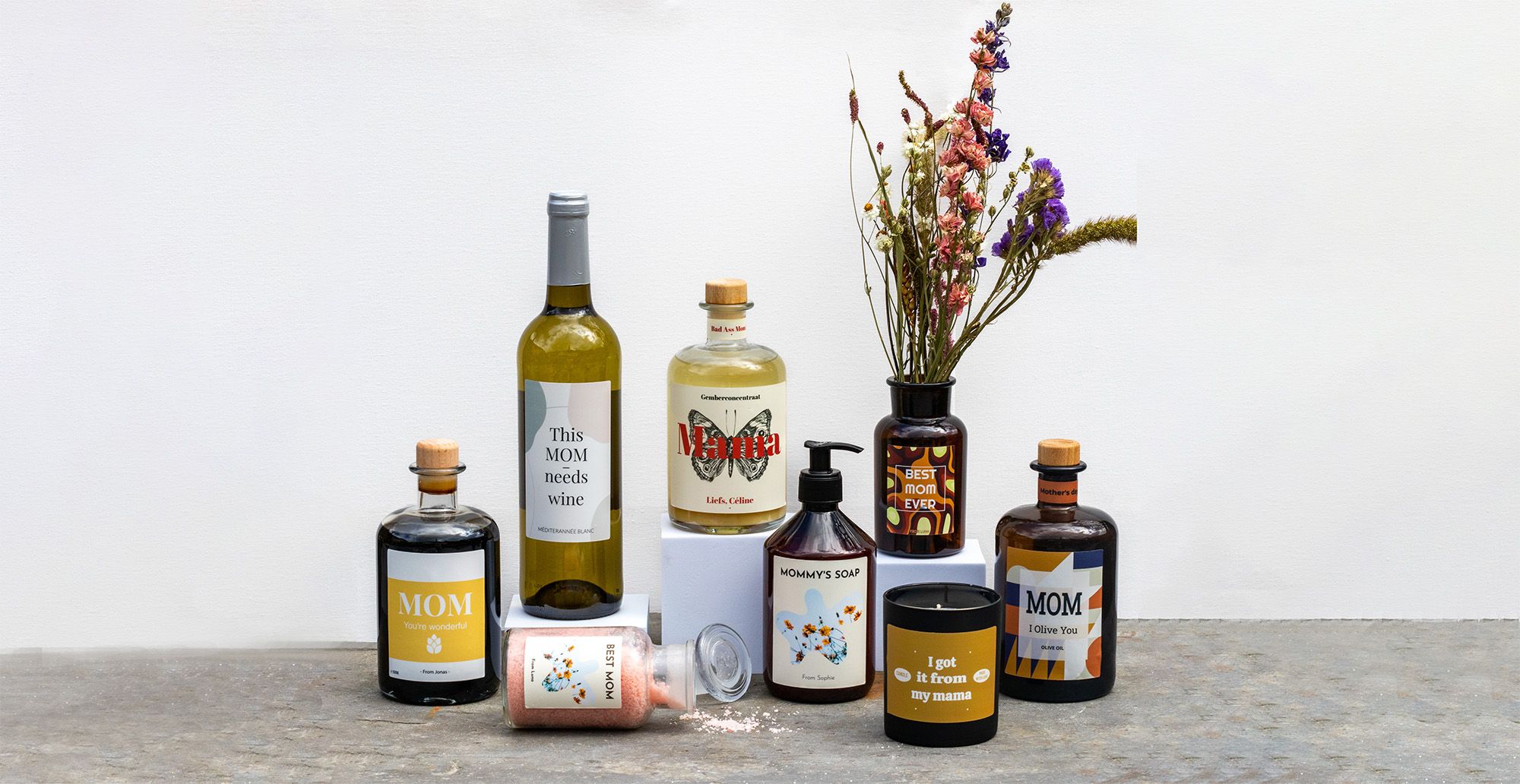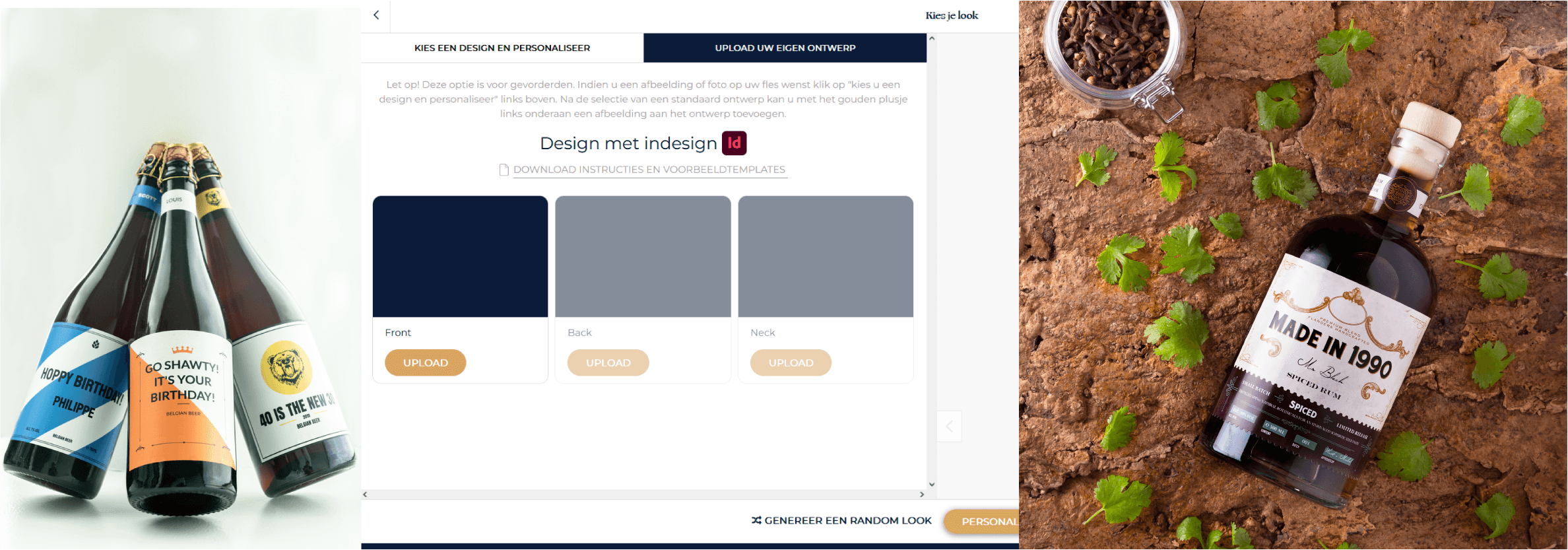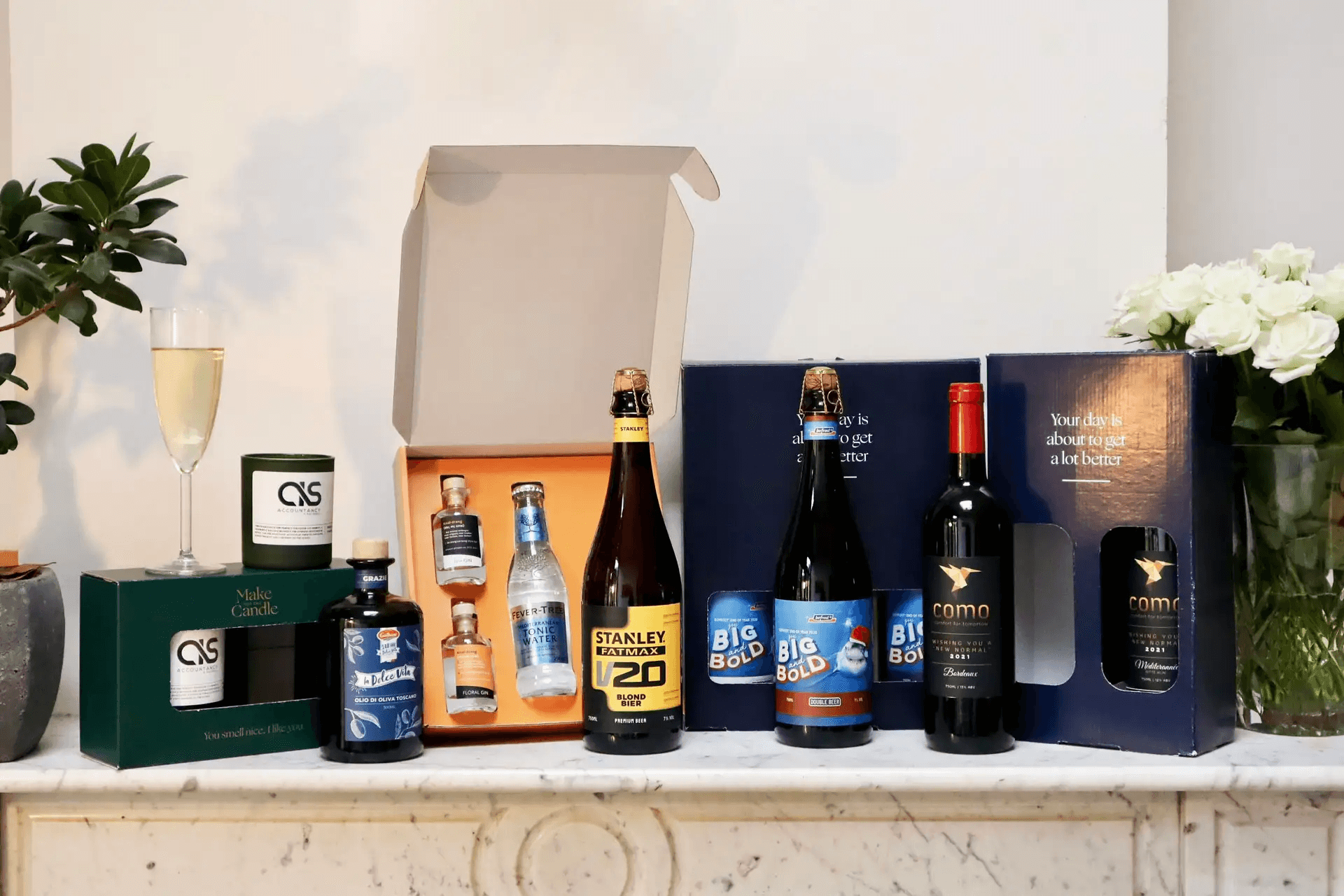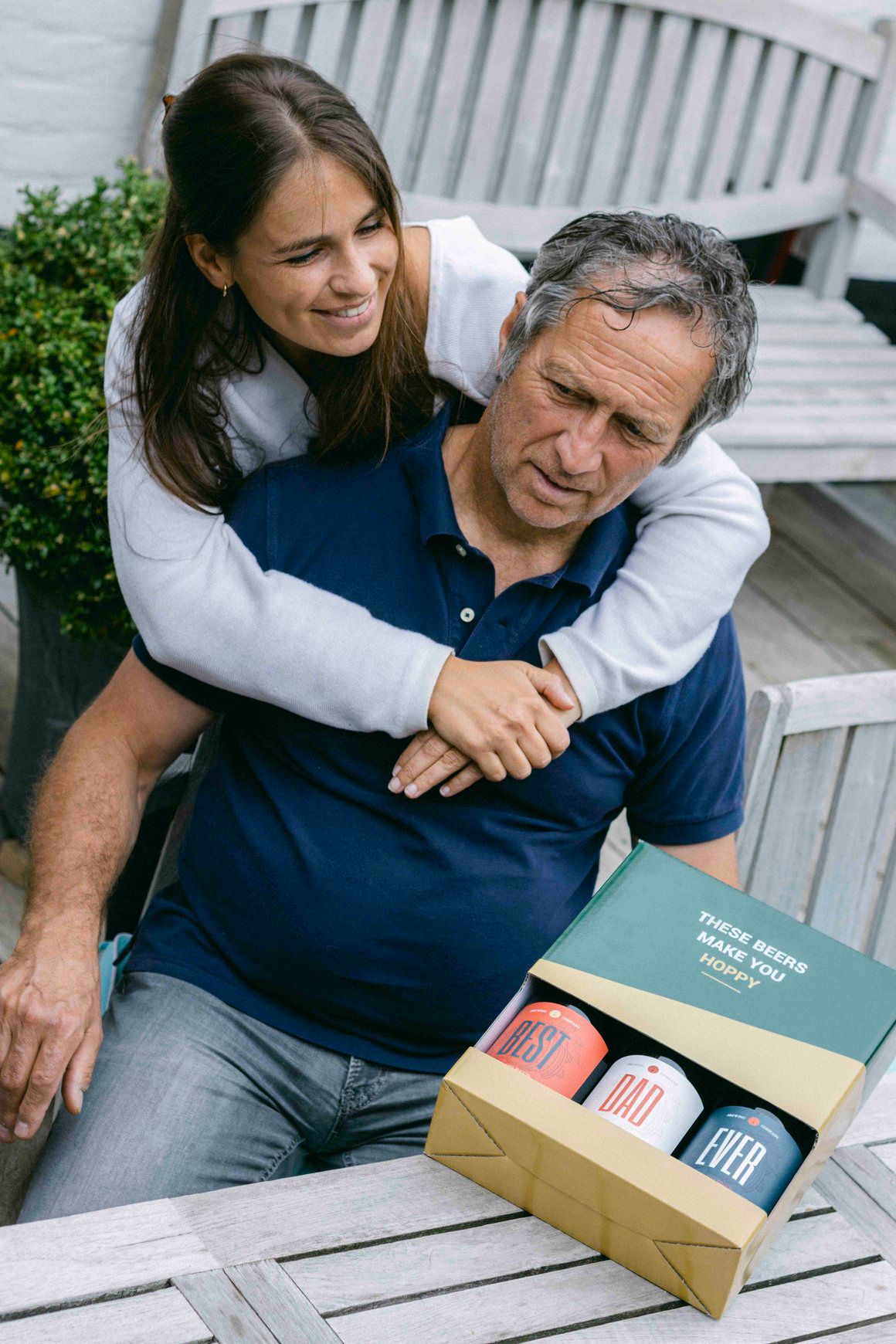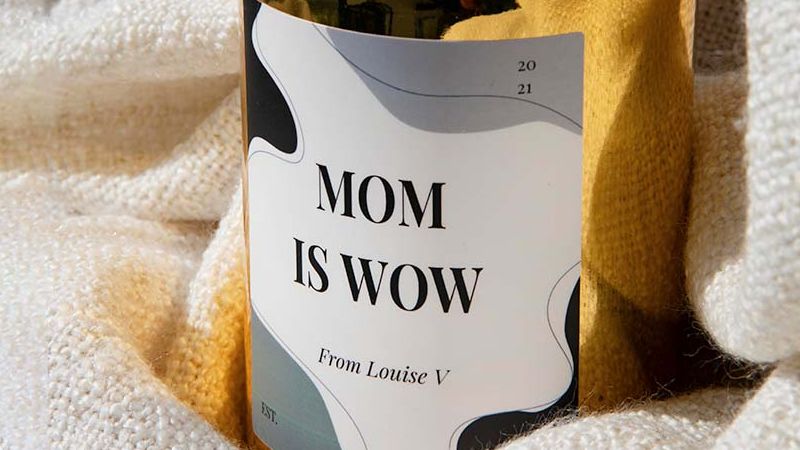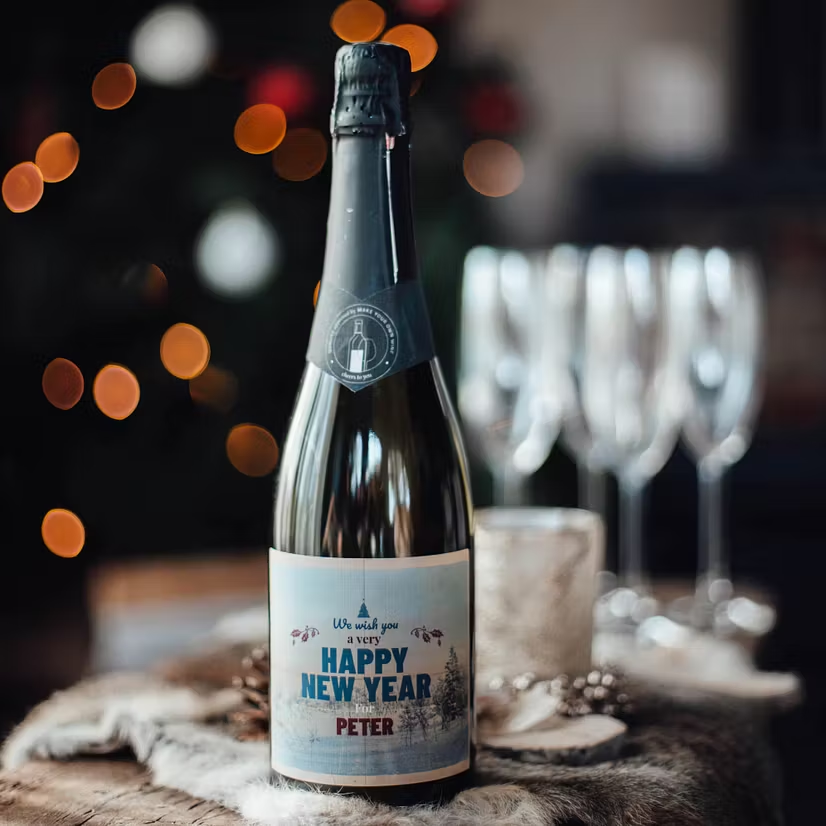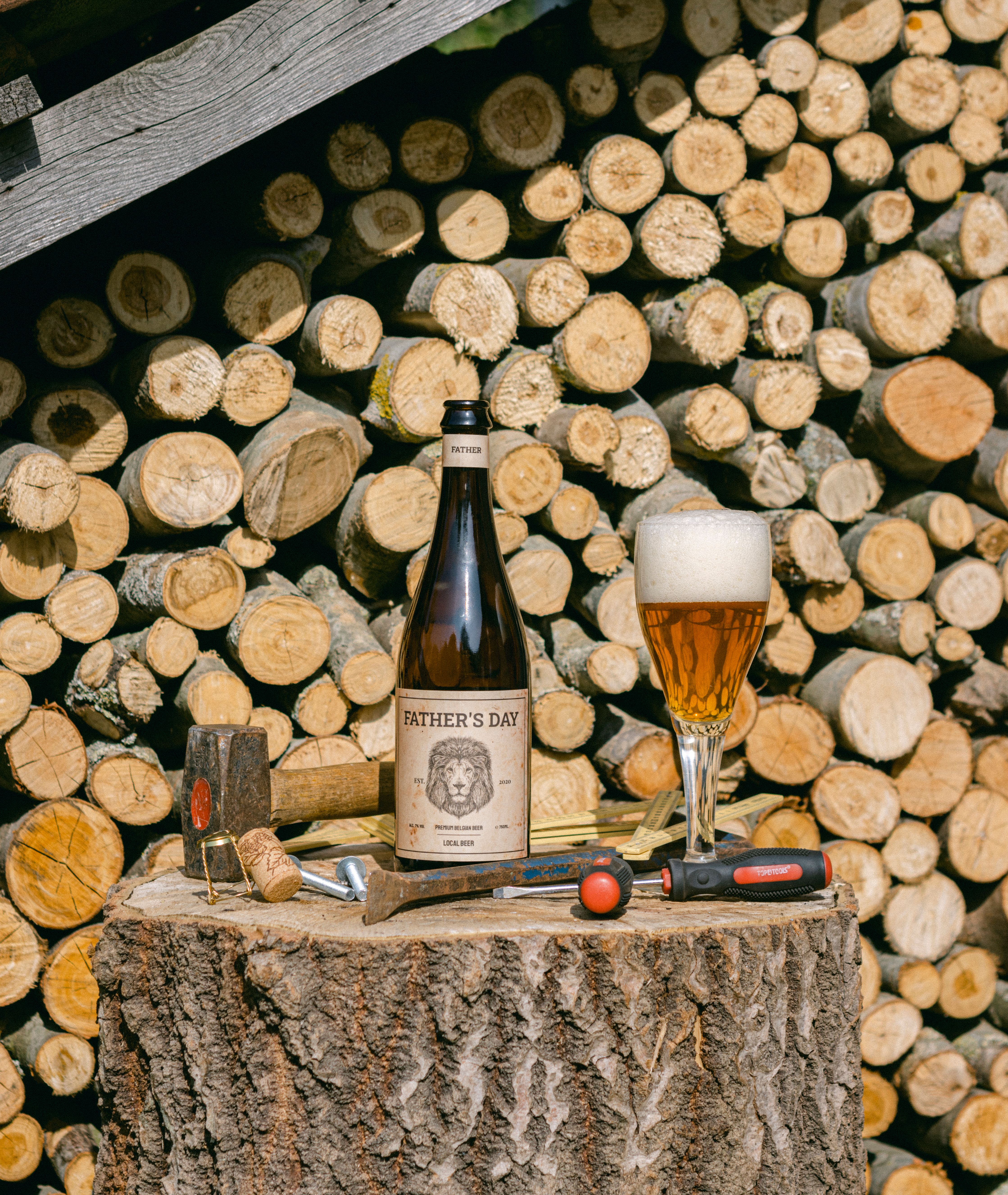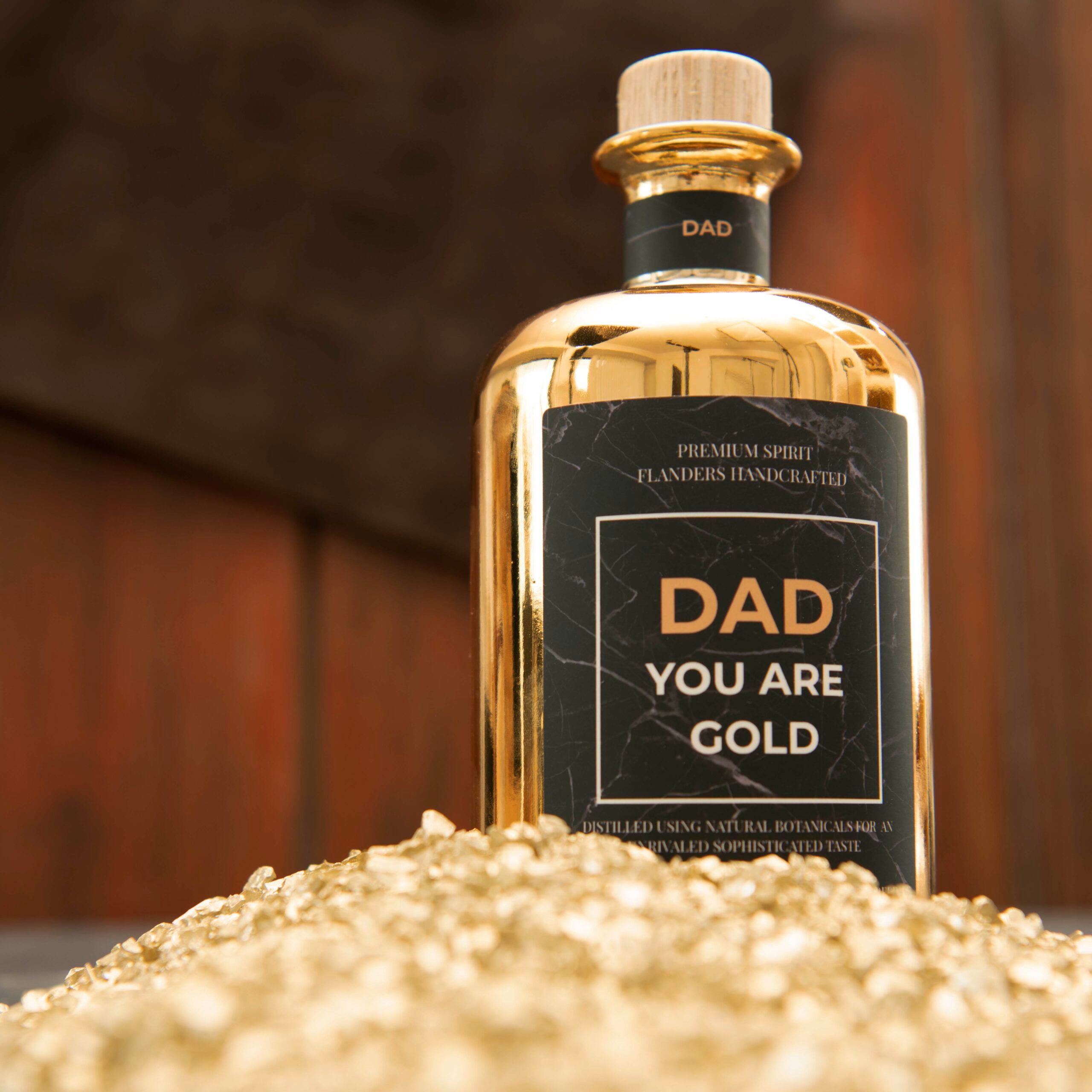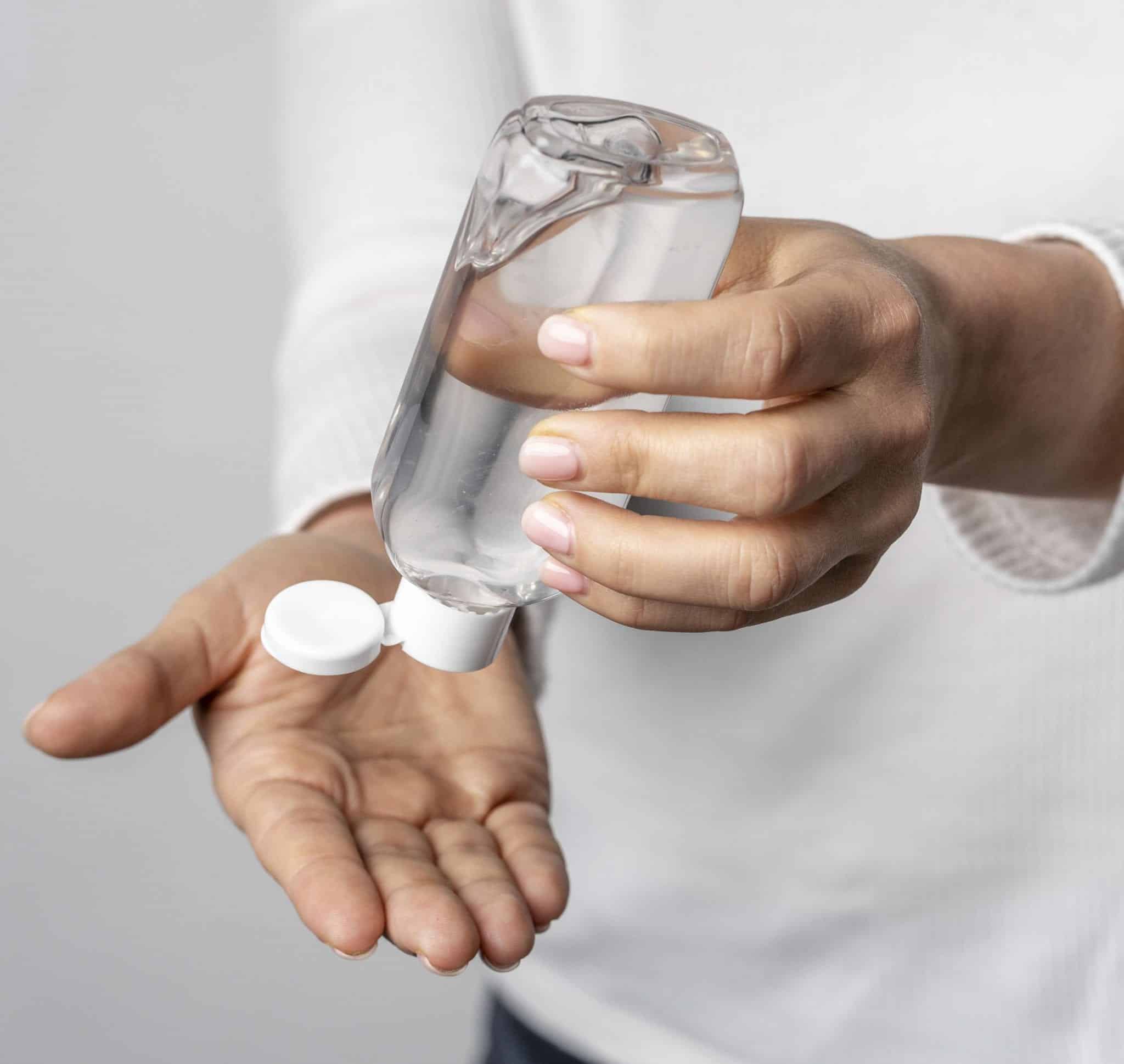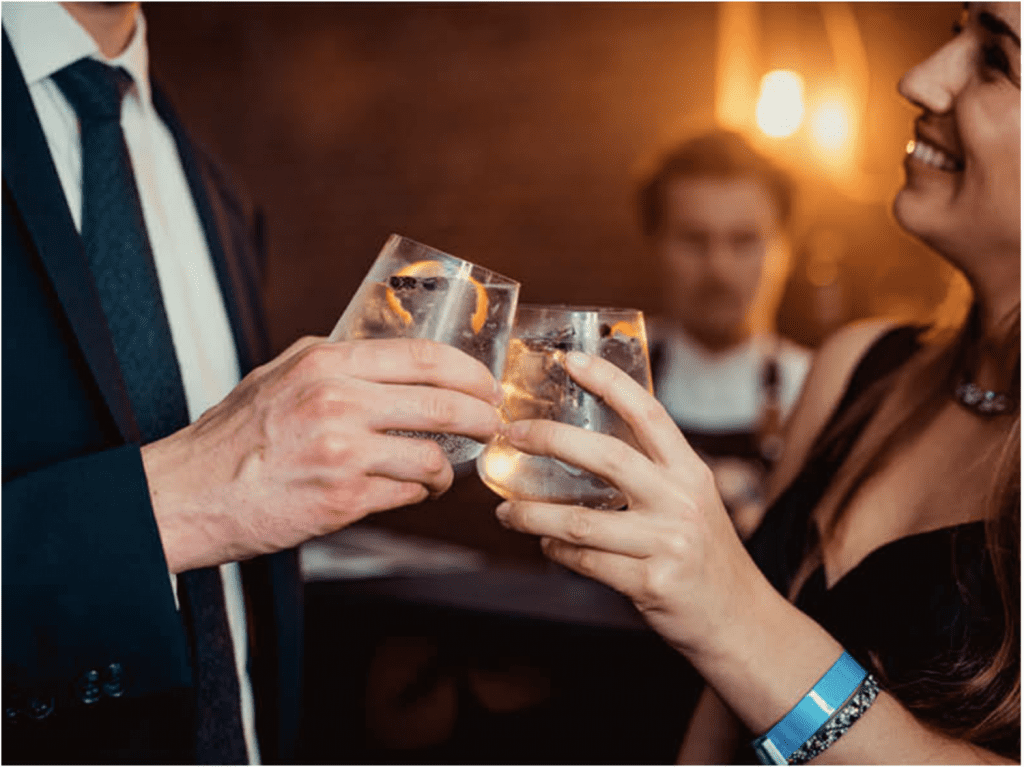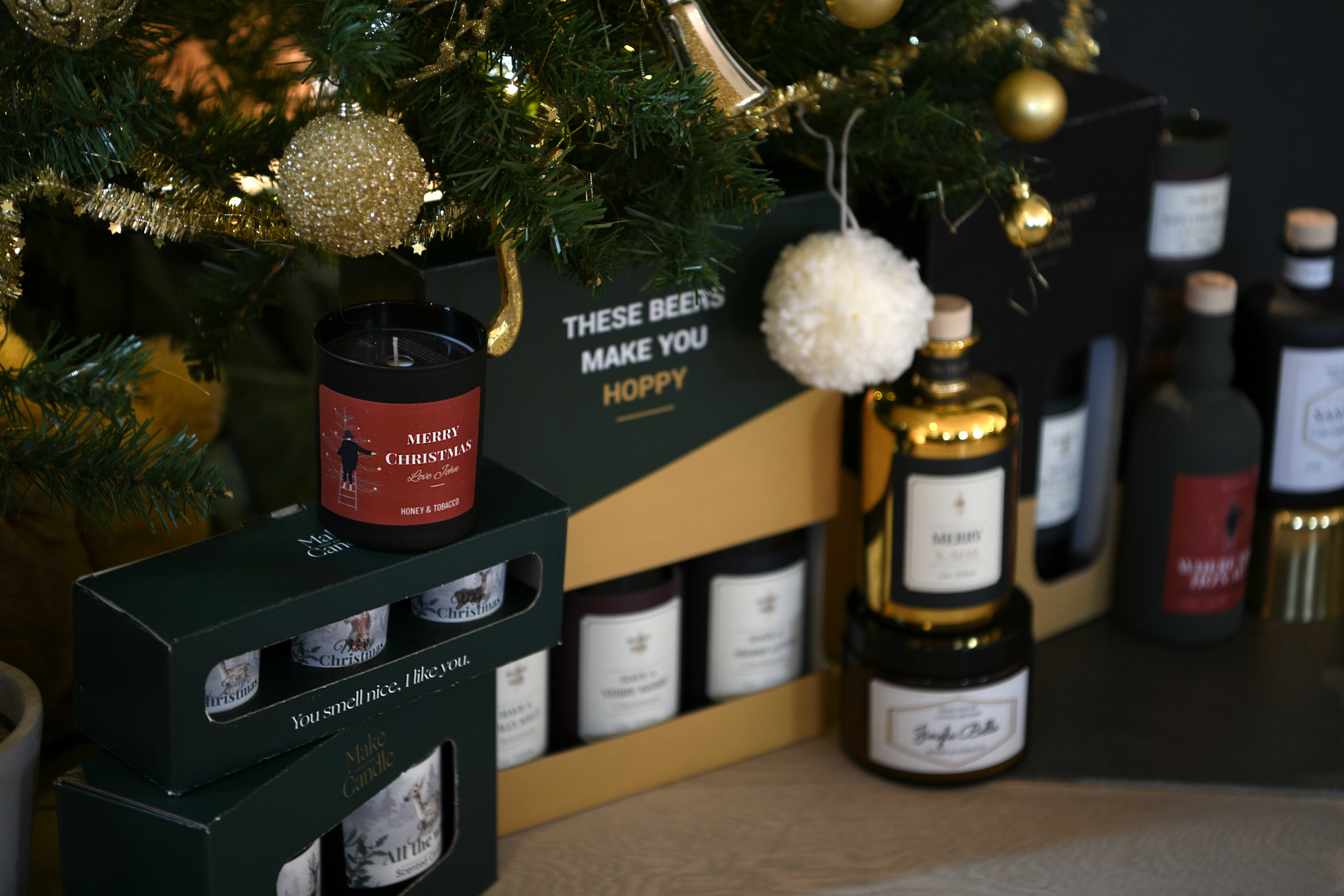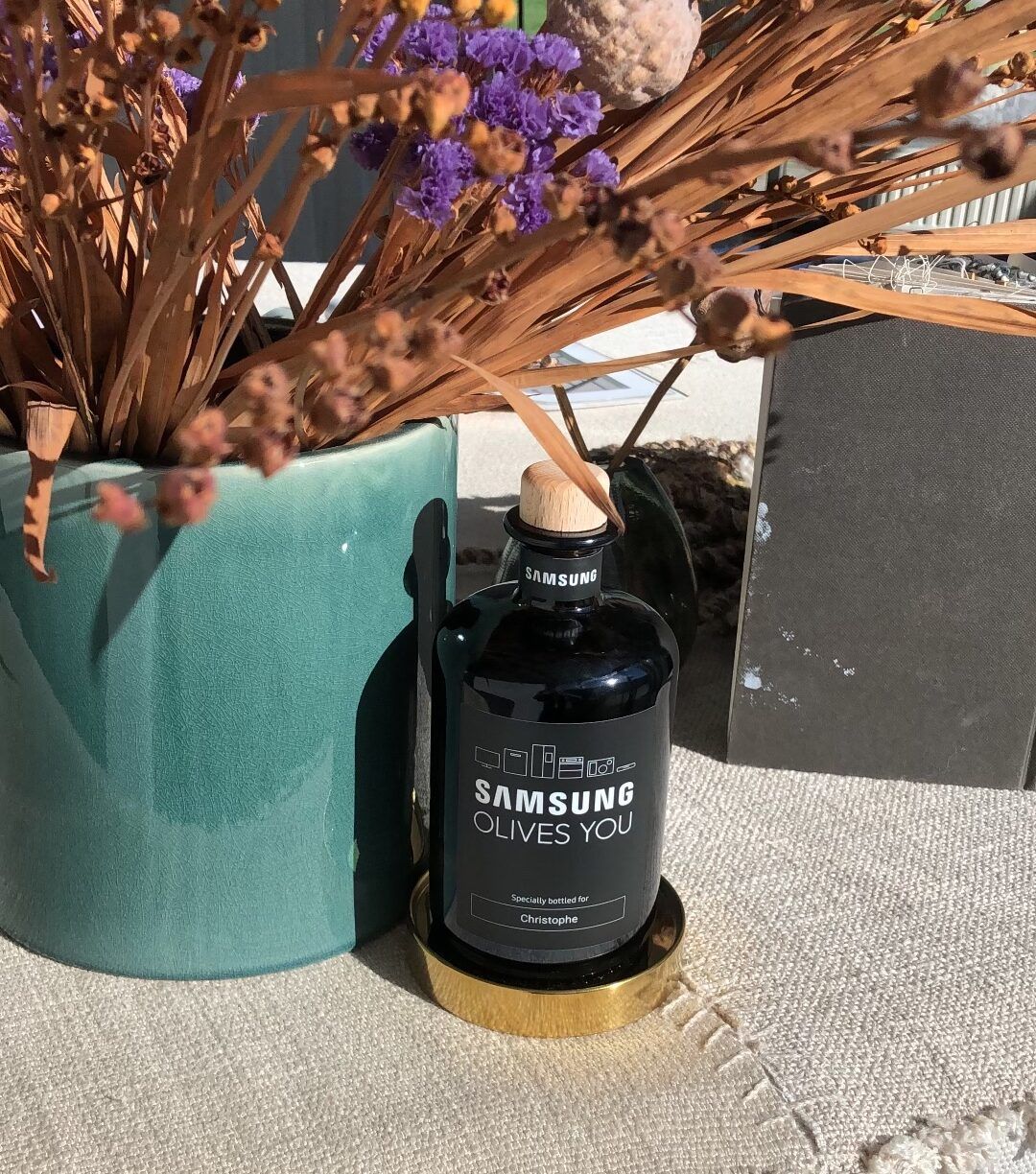
How is Gin Made?
Gin for beGINners: all the info on how gin is made and what gin is.
Although gin has actually always enjoyed a loyal fan base, somewhere around 2010 a gin hype suddenly arose around it. Although that is actually outdated, as a hype usually lasts for a much shorter time, where gin's popularity seems to be permanent. Reason enough for a so-called deep dive into the history of gin, the composition of gin, the distillation process and other great facts about gin.
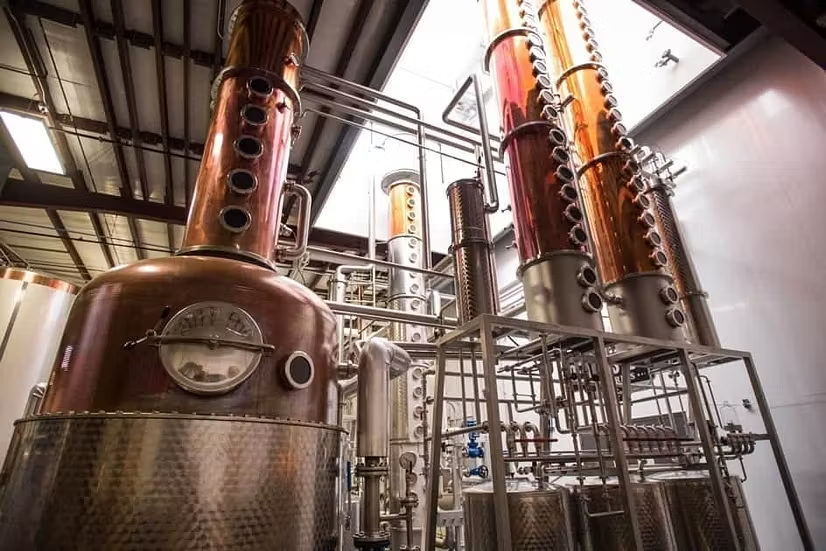

History of gin
For the origins of gin, we have to go back to the first century AD. Indeed, Arab alchemists were already experimenting with distilling juniper berries in search of the formula for elixirs of life. Since no one from that time is still alive, we must conclude that that search failed, but it turned out to have a healing power. Benedictine monks, who lived in Europe, brewed remedies based on juniper berries as medicine for stomach, intestinal, liver or kidney disorders.
It was not until around the 17th century that Dutch innkeepers began to use the monks' methods and recipes to make pleasure drinks. For their basic mixture, they used malt wine made from grain and grapes. This led to the invention of gin: a distillation of grain and juniper aged in oak barrels. Soldiers appeared to love it, because during the 30-year war, there was a barrel ready behind every line. Against the cold or to give themselves courage before an offensive. The English soldiers therefore started calling the gin 'Dutch courage'. So much for the history of gin.
Origin of the word gin
Drink-hungry as Englishmen were even then, they were very curious about what they heard pronounced " ginnever". When under fire, those are just a bit too many syllables, so the English shortened it to "gin". Eagerly they took it home and when King Charles I took a sip of it, he ordered his personal physician to establish a distillery. At the same time, that distillery was allowed to set the official quality standards of authentic English gin. The difference between gin and gin is that gin is simply the English derivative of gin, distilled without malt wine.
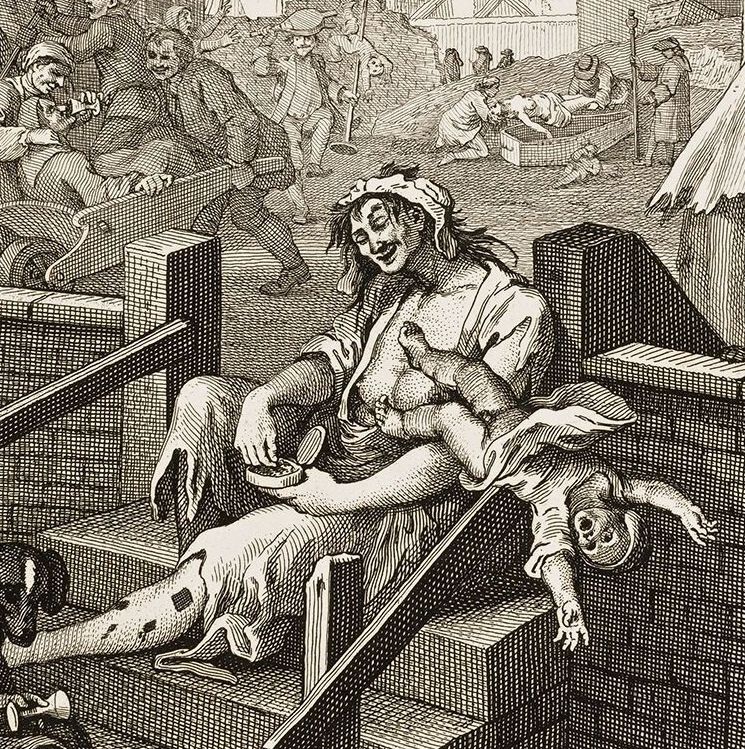
However, those quality standards faded under the reign of William of Orange. He allowed anyone to distill gin without a licence. There was so much home-brewed gin in circulation that crime, social neglect and even excess mortality blighted large parts of society. Several political attempts to stop the proliferation of gin dealers ignored the home distillers blithely. For connoisseurs, a low point in the history of gin.
The image of gin changed
That only changed in 1751 when William of Orange's permission was revoked and gin was only available at licensed pubs. The quality improved greatly as a result. Instead of a marginal drinking image, gin regained a higher social status over the decades. This prompted distilleries to once again raise their production methods and quality standards, including by no longer using sugar. Real gin palaces opened up, where gourmets enjoyed the clear spirit in various combinations.
In the late nineteenth century, gin cocktails began to become popular. Gin tonic and the Martini (with vermouth) are the best known. Partly because of this, the drink survived both World Wars and Prohibition.
In the 1960s, popularity declined and vodka emerged as the new hip drink. Until sometime in 2010, the hipster movement started drinking gin again and restored gin 's corny image. Striking, loose garnishes in the glass, such as cloves, lemon zest, juniper berries or cucumber, literally and figuratively brought the gintonic full attention as a trendy, versatile companion drink.
How is gin made?
This is how gin was born, but how is gin made? Or how can you make gin yourself? The production process of gin starts with the first distillate. This involves a mash of ground and fermented (airtight packed with yeast) grain and water going into the distillation boiler. Even there, the distiller can get creative for the first time. Does he choose barley, rye, wheat or yet another type of grain?
Column distillation or cauldron
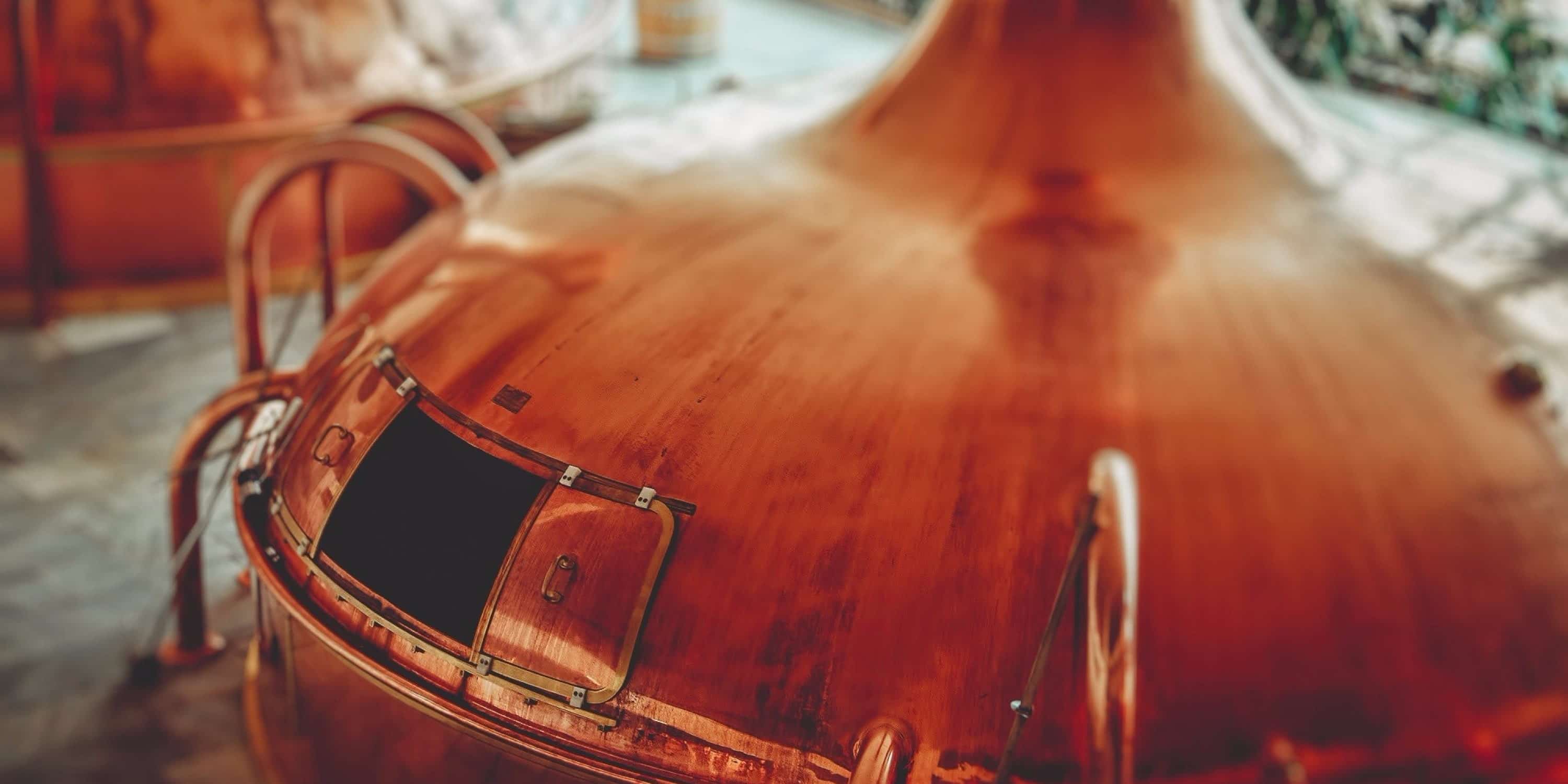
Those asking "where is gin made?" can be given two answers. Distilling is done either in a kettle or in a column. Traditional distilleries stick to the classic distillation boiler. That method is ideal for gins with lots of flavour and aroma. This is because the base mixture must remain in the kettle until it is fully heated, allowing the flavour to settle in much more fully. The distillation column, on the other hand, produces a much purer, more neutral distillate. Indeed, the mixture is replenishable during firing, which is important for certain types of gin (see later). Finally, there is a third, ultra-modern method: distilling in a vacuum installation, which greatly reduces the boiling temperature of the alcohol. A lot more energy-efficient, but then again the installation requires a hefty investment.
The principle of distillation is that the high temperature evaporates the alcohol in the milled grain mixture. Against the top of the kettle or column, the alcohol vapour condenses to liquid, which is drained along a tube and collected in another kettle. That liquid is the first distillate and consists of pure alcohol of around 96%. Craft distillers do it that way, others buy the pure alcohol separately so they can re-distill it in their own way.
How do you get flavour from Gin?
You can get flavour from your gin in 4 methods:
- Infusion: pour the pure alcohol into a tank and add to it the desired flavourings(botanicals as they are called in technical terms). These can be fruit, peel, botanical herbs...anything. In this, the distiller can indulge his creativity a second time. Finally, that is left to infuse for a very long time and finished.
- Maceration: first, the distiller has to dilute the ingredients to 60%. Then he adds them to the distillate and distills it again.
- Percolation: best method for a seed- and kernel-based gin. The distillate drips through a dense mass of ingredient mixture, so it carries the aromas with it.
- Vapour infusion here, a basket containing the ingredients hangs in the kettle during firing. The vapours first pass through the basket and only then condense into distillate.
Botanicals? What's in a name
Commonly used botanicals are: juniper, coriander seed, cardamon, lime, cinnamon or lemon zest, but also in the ingredients of gin, the distiller's creativity is almost limitless. Consequently, there is no all-encompassing answer to the question of what gin tastes like.
Filtering with demineralised water
Finally, the distiller adds water to lower the alcohol percentage to at least 37.5% (in America, the minimum is 40%). The purer the water, the better, which is why most professional distilleries use demineralised water.
How do you drink gin?
Gin is best drunk in combination with another drink. The most modern gin cocktail is the gin tonic. Mixologists recommend one-and-a-half to two times more tonic than gin for the perfect balance, but usually lovers of the cocktail prefer to mix their own. Depending on the type of gin (more on that later), gin enthusiasts these days add all sorts of matching garnishes: loose juniper berries, cloves, lemon zest, cucumber slices, coriander leaves...creativity is a constant in the ultimate gin experience.
At the origin gin tonic, by the way, lies a witty anecdote. Again, British soldiers are in it for something.
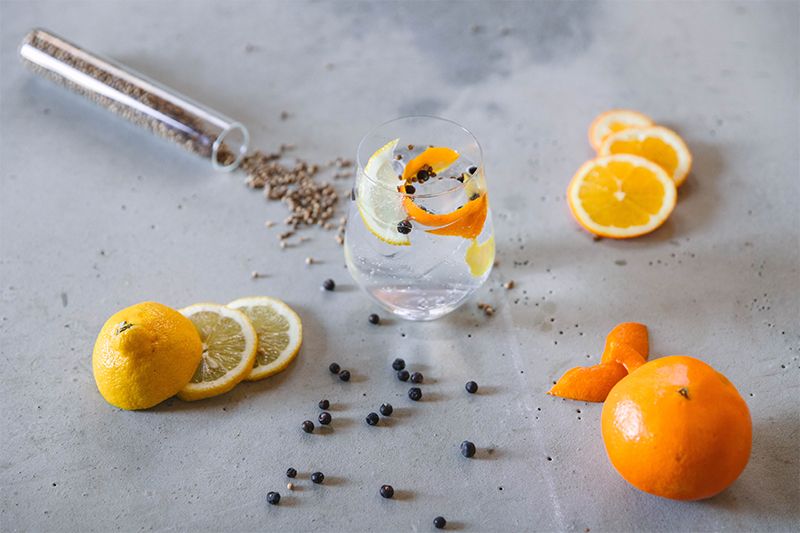
Origin Gin Tonic
Antimalarial agent
When India was still a colony, many British officers were based there. Malaria was and is prevalent in India. To ward off any infection, the British drank quinine, a substance effective against it. However, this tasted so bitter that they added lime, water, sugar and...gin to get it in. And voilà: the first gin tonic was a reality.
These days, depending on the type of gin (more on that later), gin enthusiasts add all sorts of matching garnishes: loose juniper berries, cloves, lemon zest, cucumber slices, coriander leaves...creativity is a constant in the ultimate gin experience.
Martini Cocktail: Legend of the gold digger
A slightly older but still well-known gin cocktail is the Martini. You know: the one James Bond always orders. A Martini contains vermouth in addition to dry gin and traditionally an olive. The origin of the Martini depends on who you ask.
A first would go back to a saloon in the small town of Martinez in San Francisco anno 1874. There, a prospector came by who, in exchange for a bag of that precious metal, asked to fill his bottle with "something special". The bartender then made a a drink with ⅔ gin, ⅓ vermouth, a few drops of orange juice, some bitters and served it in a glass with an olive. He conveniently called it a Martinez, after the location, and after several glasses of it, the prospector pronounced it Martini.
A two legend corrects the first in that the prospector was on his way to Martinez and placed his order at a hotel in San Francisco. So in that version, it would be that bartender who poured the first Martini and named it after the customer's destination. There is another third who believes he has a claim to the scoop. At the Knickerbocker Hotel in New York, one Martini Di Arma Di Taggia was behind the bar, and when none other than John Davidson Rockefeller (at the time the richest businessman in the world) asked him for "something special", Martini served him his signature cocktail.
Different types of gin
As already cited, there are different types of gin under which the different flavours of gin can be subdivided.
- Compound gin: neutral alcohol diluted with water to which one may add ingredients to one's heart's content. As long as the flavour of juniper remains prominent and the percentage is at least 37.5. Nicknamed as bathtub gin because it is closest to the gins that were literally made in bathtubs during Prohibition.
- Distilled gin: These types of gin are re-distilled or infused with, for example, orange or lime, or spices. For example, our Floral gin is infused with rose petals and cucumber.
- London dry gin: purest variant. Like distilled gin, all the ingredients are already in the first distillation, which must be done via the column method. Afterwards, the distiller is not allowed to add anything. This gint type is the standard in martinis. This also has nothing to do with the city of London.
- Plymouth dry: slightly less dry than the London dry, as there are fewer juniper berries and more root in the botanicals.
- Old Tom Gin: a relatively sweet gin because sugar or liquorice goes into the mix. They did this because gin often failed in the past and the sweet components were supposed to cover that up.
- Navy Strenght gin: has a strong alcohol content of at least 57% and contains powerful, full-bodied flavours. Distillers allow their ingredients to come through well and that is precisely why these types of gins differ greatly from one another.
- Pink gin: newer type of gin that, what's in a name, turns pink. This is because there are strawberries, berries, raspberries or other red fruits in the botanicals.
- New Western dry gin: a counterpart to the classic gin, because it dares to push the juniper far back in the flavour balance so that the other botanicals come through harder.
What is the difference between gin and vodka?
Gin and vodka are both made with neutral alcohol. So what is the difference between vodka or gin distilling? With gin, juniper berries and other botanicals are added to the drink. If you were to add those ingredients to vodka too, you could also call the result gin. Whether the final brew will taste good, however, remains to be seen... You can read more about how vodka is made in our other blog.
Got Thirsty?
Did you already know that you can make your own personalised bottle of gin with makeyour.com?
Perhaps you got thirsty after reading how gin is made. Well you can be sure that our personalised gins are of excellent quality. At makeyour.com you can make your own gin. Choose your favourite flavour, pick the nicest bottle and personalise your label completely as you like. The ideal gift for yourself or someone else.
May be of interest to you
Why choose makeyour.com?
With more than 100,000 satisfied customers, we are known for unique gifts for unique gift moments
At makeyour.com you can personalise your gifts
